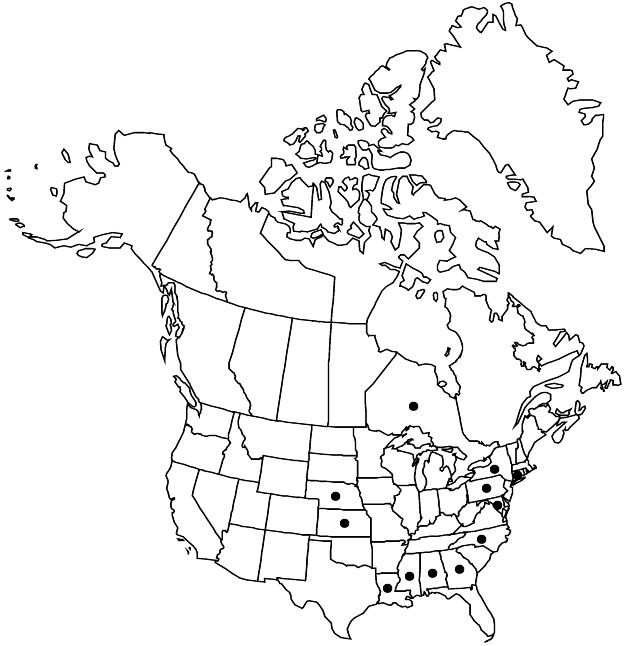Difference between revisions of "Spiraea thunbergii"
Bijdr. Fl. Ned. Ind. 17: 1115. 1827.
FNA>Volume Importer |
imported>Volume Importer |
||
| Line 28: | Line 28: | ||
|elevation=0–500 m | |elevation=0–500 m | ||
|distribution=Ont.;Ala.;Conn.;Ga.;Kans.;La.;Md.;Miss.;Nebr.;N.Y.;N.C.;Pa.;Asia. | |distribution=Ont.;Ala.;Conn.;Ga.;Kans.;La.;Md.;Miss.;Nebr.;N.Y.;N.C.;Pa.;Asia. | ||
| + | |introduced=true | ||
|discussion=<p><i>Spiraea thunbergii</i> flowers very early in the spring and may be easily observed due to the obvious flowers on branches lacking leaves; because it can thrive in a variety of soils, it will often persist as the native vegetation returns. Although established in a number of areas, it does not appear to spread aggressively or compete strongly with native species.</p> | |discussion=<p><i>Spiraea thunbergii</i> flowers very early in the spring and may be easily observed due to the obvious flowers on branches lacking leaves; because it can thrive in a variety of soils, it will often persist as the native vegetation returns. Although established in a number of areas, it does not appear to spread aggressively or compete strongly with native species.</p> | ||
|tables= | |tables= | ||
| Line 52: | Line 53: | ||
|publication year=1827 | |publication year=1827 | ||
|special status=Introduced | |special status=Introduced | ||
| − | |source xml=https:// | + | |source xml=https://bibilujan@bitbucket.org/aafc-mbb/fna-data-curation.git/src/bb6b7e3a7de7d3b7888a1ad48c7fd8f5c722d8d6/coarse_grained_fna_xml/V9/V9_689.xml |
|subfamily=Rosaceae subfam. Amygdaloideae | |subfamily=Rosaceae subfam. Amygdaloideae | ||
|tribe=Rosaceae tribe Spiraeeae | |tribe=Rosaceae tribe Spiraeeae | ||
Revision as of 00:32, 28 May 2020
Shrubs, 10–20 dm. Stems spreading to arching, densely branched. Leaves sometimes tardily deciduous; petiole 1–2 mm or indistinct; blade linear to lanceolate, 2.5–4 × 0.3–1 cm, membranous, base acute, margins irregularly, sharply serrulate, venation pinnate eucamptodromous, secondary veins not prominent, apex acuminate, surfaces glabrous. Inflorescences mostly axillary, hemispheric panicles, (2–)3–7-flowered, sessile on leafless stems in spring, 2–6 × 2–6 cm; branches glabrous. Pedicels 5–8 mm, glabrous. Flowers 6–8 mm diam.; hypanthia crateriform, 2–4 mm, abaxial surface glabrous, adaxial glabrous or puberulent; sepals ovate-triangular, 1.3–2 mm; petals white, obovate to suborbiculate, 2–4 mm; staminodes 10–14; stamens 18–20, 0.3 times petal length. Follicles oblanceoloid, 1.5–2 mm, glabrous. 2n = 18.
Phenology: Flowering Mar–May; fruiting Apr–Oct.
Habitat: Abandoned homesteads, meadows, roadsides, pastures
Elevation: 0–500 m
Distribution

Introduced; Ont., Ala., Conn., Ga., Kans., La., Md., Miss., Nebr., N.Y., N.C., Pa., Asia.
Discussion
Spiraea thunbergii flowers very early in the spring and may be easily observed due to the obvious flowers on branches lacking leaves; because it can thrive in a variety of soils, it will often persist as the native vegetation returns. Although established in a number of areas, it does not appear to spread aggressively or compete strongly with native species.
Selected References
None.